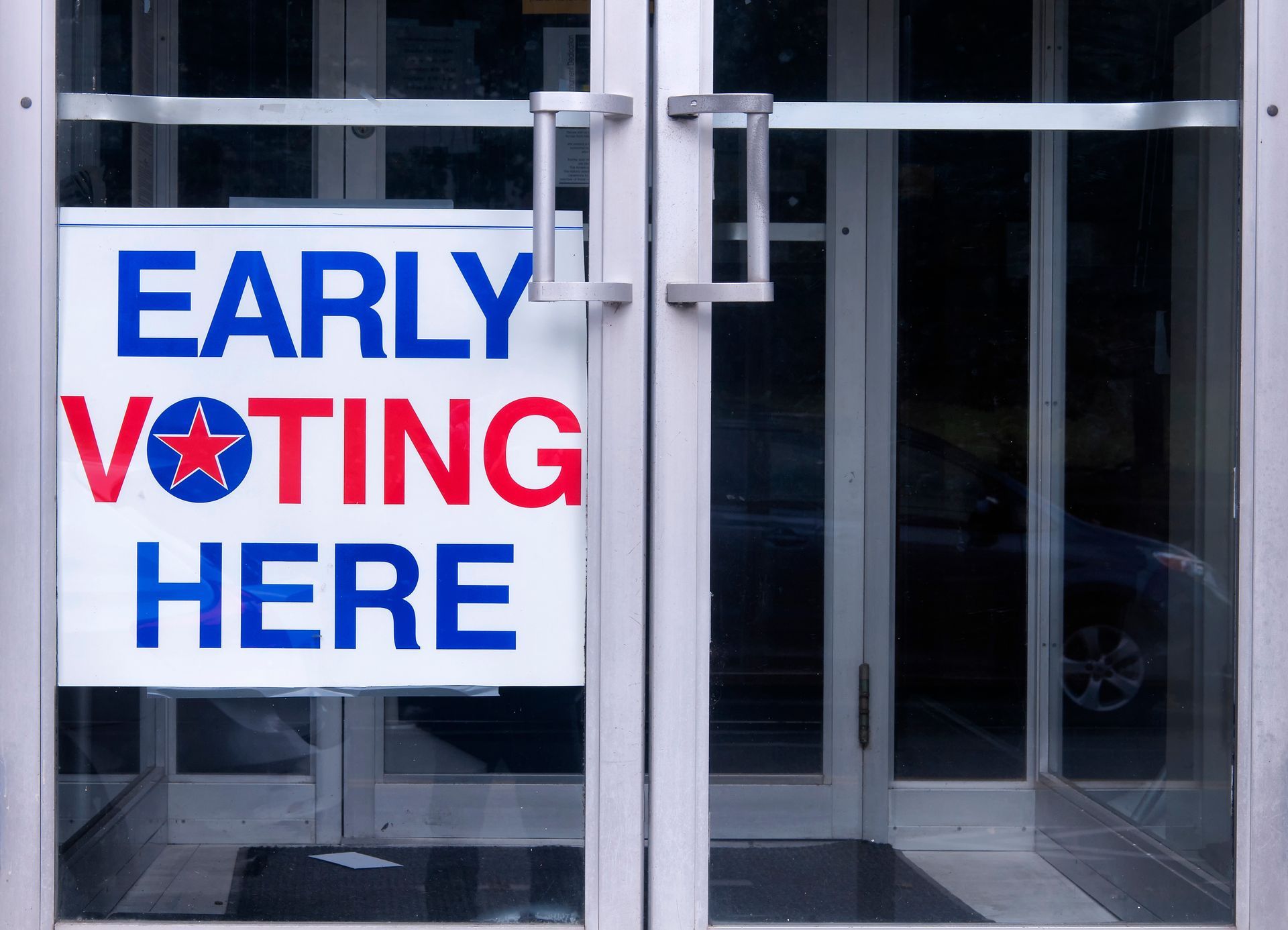Law enforcement and prosecutors in the state of Minnesota aggressively pursue sexual assault accusations. If you or someone you know is accused of sexual assault, they could face serious criminal charges if found guilty. A sexual assault conviction can have a lifelong impact depending on the alleged activity and the age of the victim.
Last year, Minnesota revised its sexual assault laws by eliminating the statute of limitations. This means that Minnesota residents who engage in criminal sexual conduct can be prosecuted at any time for the rest of their lives.
What Is Criminal Sexual Conduct?
A person who has been accused of sexual assault including rape, sexual battery or assault could face charges of criminal sexual conduct. Minnesota law classifies criminal sexual conduct into five categories (referred to as degrees). Each of the five degrees carry their own set of conditions and penalties.
The first degree carries the most severe penalties, while the fifth degree carries the least. The degree with which a person could be charged depends on the circumstances of the crime.
The Five Degrees of Sexual Assault in Minnesota
- First Degree Sexual Assault – In order to be charged with the most severe punishment in the state, sexual penetration must occur between a child under the age of 13 and a defendant who is three years or more older or the victim is between the ages of 13 and 16 and the defendant is at least four years older and in a position of authority over the victim. A perpetrator may also be charged with first-degree sexual assault against a person of any age if they cause a physical injury to the victim, used a weapon while committing the assault, the defendant was helped by another person to force sexual penetration or if the victim feared escalated bodily harm if they failed to submit. If convicted, the defendant could face fines up to $40,000 and as many as 30 years in prison.
- Second Degree Sexual Assault – A person can be charged with second-degree sexual assault in any of the above circumstances while engaging in non-penetrative sexual contact. If convicted, the defendant could face fines up to $35,000 and as many as 25 years in prison.
- Third Degree Sexual Assault – In order to be charged, sexual penetration must occur between a child under the age of 13 and a defendant who is not three or more years older, or a child who is at least 16 but under the age of 18 and a defendant who is in a position of authority over them. Other scenarios include any use of coercion to penetrate the sexual assault victim of any age or engage in sexual penetration of a victim who is mentally or physically incapacitated. If convicted, the defendant could face fines up to $30,000 and as many as 15 years in prison.
- Fourth Degree Sexual Assault – Similar to the third-degree conditions, a person could be charged to the fourth degree if they engage in sexual contact (without penetration) in any of the above circumstances. If convicted, the defendant could face fines up to $20,000 and as many as 10 years in prison.
- Fifth Degree Sexual Assault – In order to be charged, non-consensual sexual contact, indecent exposure or lewd acts must occur. This includes masturbating in front of a child younger than 16. With no prior convictions, it is considered a gross misdemeanor punishable by up to one year in prison and a $3,000 fine. However, in the event of prior or repeat criminal offenses, it can be charged as a felony punishable by up to five years in prison and a $10,000 fine.
How Can a Sexual Assault Case be Proven?
When someone is accused of sexual assault, the matter is investigated by Minnesota law enforcement. Most sexual assault cases are proven by DNA evidence confirming that intimate contact occurred. Law enforcement often look for DNA evidence, including fingerprints, hair or pieces of skin and bodily fluids.
However, DNA isn’t the only form of evidence used to prove a sexual assault case. Medical records and physical evidence such as bruising or defensive wounds on a victim’s limbs can be used to build a sexual assault claim in Minnesota.
Are You Facing Criminal Charges? Speak With a Criminal Defense Attorney in Minnesota
If you’ve been accused of wrongdoing or charged with a crime, it may be in your best interest to speak with a criminal defense attorney.
The referral counselors at Minnesota Lawyer Referral and Information Service (MNLRIS) can help you find the right lawyer for your situation. For more information, call (612) 752-6699.
The post Understanding Minnesota’s Sexual Assault Law first appeared on Minnesota Lawyer Referral and Information Service.




